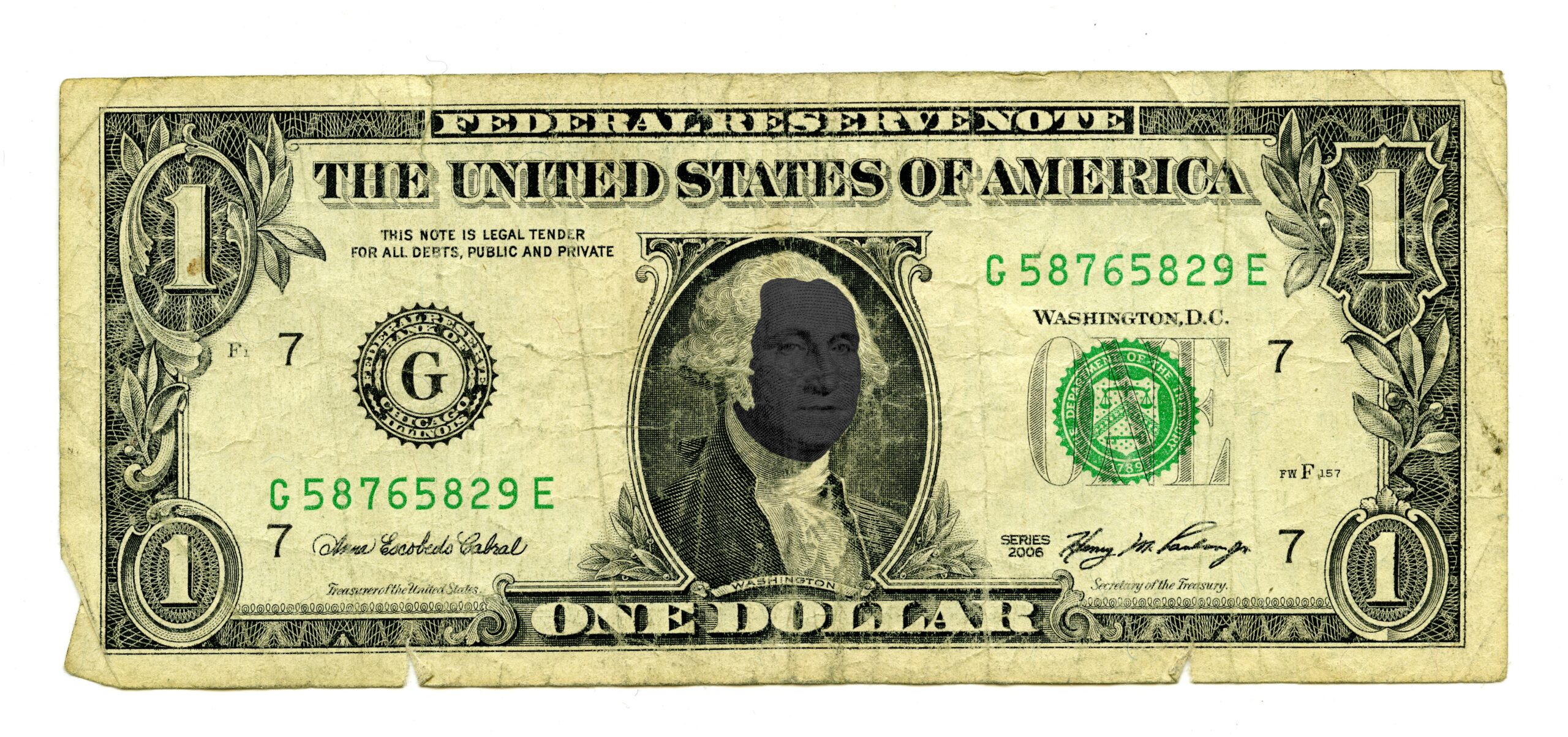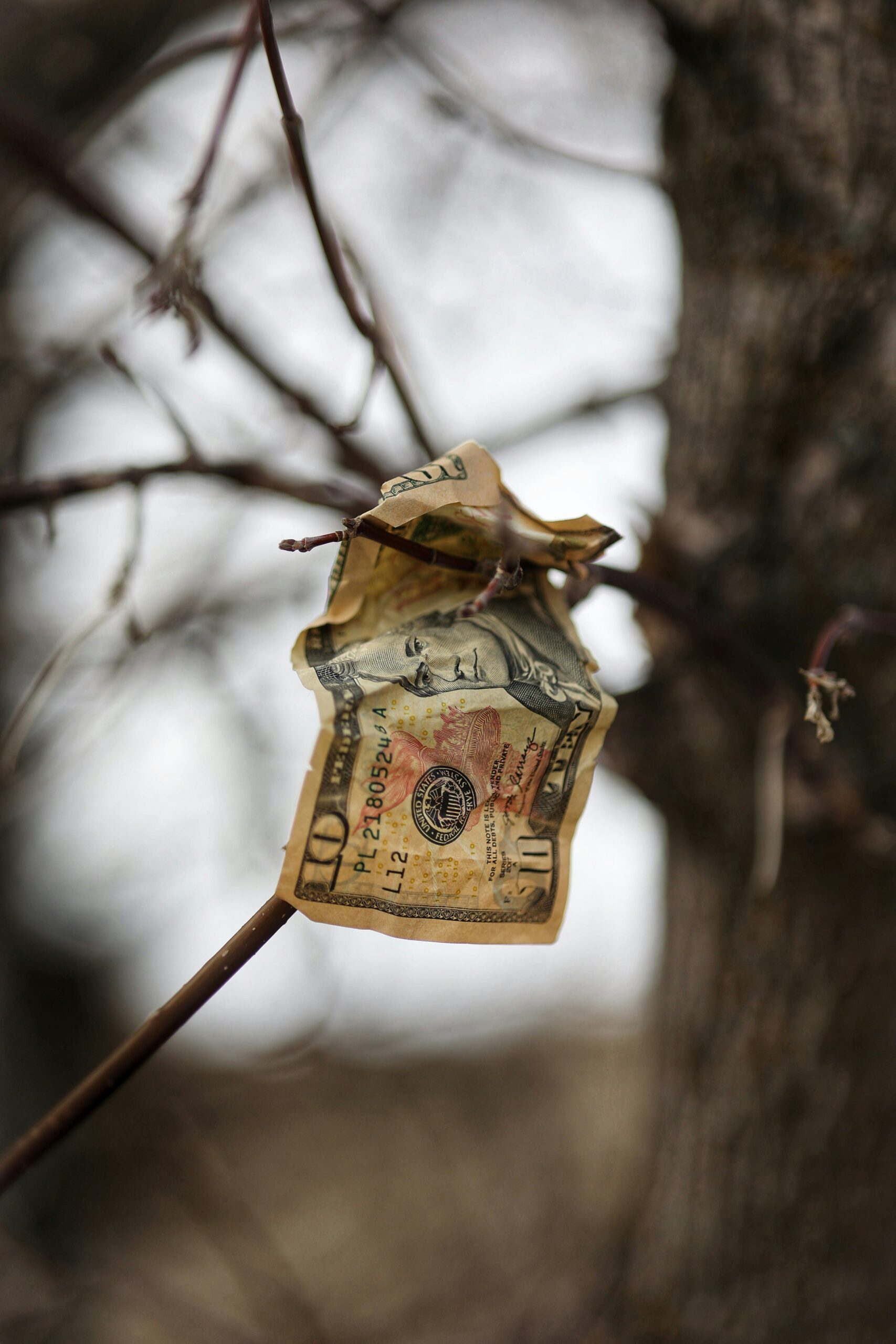
Over a century, the U.S. dollar has reigned supreme as the world’s reserve currency. But a new player is emerging on the horizon: a potential BRICS currency, backed by a powerful coalition of emerging economies. In 2025, with the world facing inflation, wars, economic sanctions, and distrust in Western-led financial institutions, the idea of a BRICS-backed currency is gaining serious traction . Can this new currency really replace the U.S. dollar ?
What Is BRICS ?
BRICS is not a company or an organization. It’s a group of five countries that have come together to work on economic and political cooperation. The name BRICS stands for:
B- Brazil , R – RUSSIA , I – India , C – China , S –South Africa .
These five countries have very different cultures, governments, and economies – but they share one important thing in common: They’re all large, fast-growing countries that don’t want to depend on the U.S and Europe forever.These countries represent over 40% of the world’s population and nearly a third of global GDP. In recent years, BRICS has been working to reduce its dependence on the U.S. dollar and Western financial systems.
The original BRICS alliance began in the 2000s as an economic bloc. But over time, it has evolved into a strategic partnership, pushing for a more multipolar world , especially when it comes to trade, development, and finance.
How Did BRICS Begin?
The concept of BRICS started in 2001 when Goldman Sachs economist Jim O’Neill coined the term “BRIC” (without South Africa) to describe the four countries that he believed had huge economic potential. The idea was that these countries could become major players in the global economy. At the time, these countries were growing quickly and had big population and holds massive amounts of natural resources like oil, gas, gold, and rare earth metals .
In 2006, the BRIC countries held their first meeting in New York . Over time, the group started discussing ways to work together on issues like trade, investment, and global governance. In 2010, South Africa was invited to join the group, and it became BRICS. The group’s main goal is to promote cooperation among its member countries and to have a stronger voice in global affairs.
The Rise of the BRICS Currency Idea.
BRICS countries want to reduce their dependence on the US dollar, which is currently the global reserve currency. A new currency would make trade and investment easier among BRICS countries, reducing transaction costs and exchange rate risks . The BRICS nations are tired of relying on the U.S. dollar for international trade. When the West imposes sanctions, or when dollar inflation spikes, these countries feel the pressure , even when they’re not involved .
After sanctions on Russia ( especially after Western nations froze nearly $300 billion of Russia’s foreign reserves during the Ukraine war ) and increasing tensions with China , BRICS leaders saw clearly how much power the U.S. has through the dollar. A shared BRICS currency could give them freedom from Western influence, especially in trade and finance.
Russia, under pressure from U.S. and EU sanctions, has been the loudest voice in pushing for a BRICS currency . With its access to oil, gas, and gold reserves, Moscow views a non-dollar trade mechanism as essential for survival and retaliation . A shared BRICS currency would serve as a shield, not just for Russia, but for every BRICS nation that fears Western control of global finance.
On the other hand , Chinese yuan is already being used in bilateral trade deals with Russia, Argentina, and even some Gulf nations. India’s role is more complicated, but it cannot be overlooked. Historically aligned with both the West and developing nations, India is caught between strategic interests . Yet even India has begun settling trade in rupees with countries like Russia and Iran.
What Would The BRICS Currency Looks Like ?
The BRICS currency, if launched, won’t look like traditional paper money or coins . Instead, it’s likely to be a digital or blockchain-based settlement system, backed by a basket of national currencies or commodities like gold.
However, several voices , especially Russia and China – support the idea of backing the BRICS currency with gold or other physical assets. A commodity-backed currency would immediately give it weight in the global market and build trust faster than a fiat system.
This new currency would likely be used only for international trade and central bank settlements , not for public use like cash or credit cards. For example, India could pay for Russian oil using the BRICS token instead of U.S. dollars or China could settle infrastructure deals in Africa using BRICS-based payments .
To make this system work, countries would need a shared payment infrastructure , something like a new version of SWIFT but outside Western control.
Can It Replace US Dollar ?
Let’s answer this clearly, directly, and without diplomatic language , not in the short term, but it could weaken the dollar’s dominance over time .
The US economy is still one of the largest in the world, and the dollar’s value is influenced by the country’s economic policies and stability . Dollar is widely held as a reserve currency by central banks and is used for international transactions, making it difficult to replace.
- Nearly 60% of global foreign exchange reserves are held in dollars.
- Around 88% of global trade uses it in some form .
If countries like China, Russia, and Brazil start trading oil, gold, and major exports in BRICS currency, it will reduce global demand for dollars. If developing nations can borrow from the BRICS bank instead of the IMF, they won’t need dollar reserves . Over time, the petrodollar system, which keeps global trade tied to the dollar could be replaced by a multi-currency world.
The dollar’s stability and trustworthiness are key factors in its global reserve status, and any alternative currency would need to demonstrate similar characteristics , replacing the dollar would require significant changes in international trade, finance, and monetary policies . Currency may challenge the dollar’s dominance in certain areas, it is unlikely to replace the dollar completely in the near future. However, it could potentially become an alternative reserve currency or used for specific transactions, promoting a more diversified global economy.
Even a 20–30% drop in global dollar usage would be a financial earthquake for the U.S and a massive win for BRICS.
Could It Work Alongside With Dollar ?
Sanctions , inflation, weaponization of the dollar, and rising global dissatisfaction , especially from countries like China, Russia, and Iran, have all pushed parts of the world to seek alternatives.
Replacing the dollar entirely is extremely difficult . What’s more realistic is a multi-currency world , where different currencies are used based on geography, alliances, or sectors . In this scenario, the BRICS currency would be used for trade between BRICS nations and their allies , while the dollar remains dominant in the West and in global financial markets .
From a U.S. perspective, this dual system may feel like a threat, but it also offers time to adjust . It could push the U.S. to modernize its financial system , invest in a digital dollar, reduce fiscal deficits , and rebuild trust in its monetary leadership .
Sanctions may become less effective if nations switch to another currency and Dollar demand may decline with it .
In short, yes , the BRICS currency can work alongside the dollar , but it will reshape the global financial map , and Americans- both citizens and policymakers .
Challenges Facing By BRICS Currency ?
1 – Trust Issues
One of the biggest obstacles is the lack of political trust between member nations . India and China are strategic rivals with ongoing military tensions along their borders . Russia and Brazil have very different political systems and foreign policy goals . South Africa has internal instability, and Brazil often swings between left and right-wing leadership.
These countries don’t trust each other enough to build a shared central bank or surrender financial control to one governing authority.
2 – Economic Imbalances
China dominates the group economically , creating concerns among other members about influence and decision-making and
accounts for over 70% of the group’s total GDP. India, in particular, doesn’t want to join a system where China calls the shots . For a shared currency to work, all members need equal weight and voting power.
3 – Currency Volatility
Russia is under heavy international sanctions , its ruble has crashed multiple times. South Africa and Brazil have unstable inflation patterns. Even India struggles with currency swings. A shared currency built on unstable national currencies could collapse under pressure.
4 – Global Resistance
The U.S. and its allies will not sit quietly if the currency gains traction . If BRICS starts pricing oil, gas, or commodities in its own currency, Washington could respond with more sanctions, diplomatic isolation, or even trade restrictions . The West still controls global finance , and BRICS knows it will face pushback if it moves too fast .
What Should Investors And Citizens Do ?
Investors and citizens should stay informed and diversify . While the BRICS currency isn’t replacing the U.S. dollar yet, its rise signals a shift in global finance. Investors should reduce overexposure to dollar-based assets and consider diversifying into ( Gold has always been a hedge against currency devaluation and political uncertainty ) emerging markets, and digital assets .
If BRICS nations begin settling oil, gas, and mineral trades in a different currency, demand for the dollar could decline, affecting everything from bond yields to inflation .
For ordinary citizens, the most important action is financial awareness , follow U.S. fiscal and foreign policy closely .
